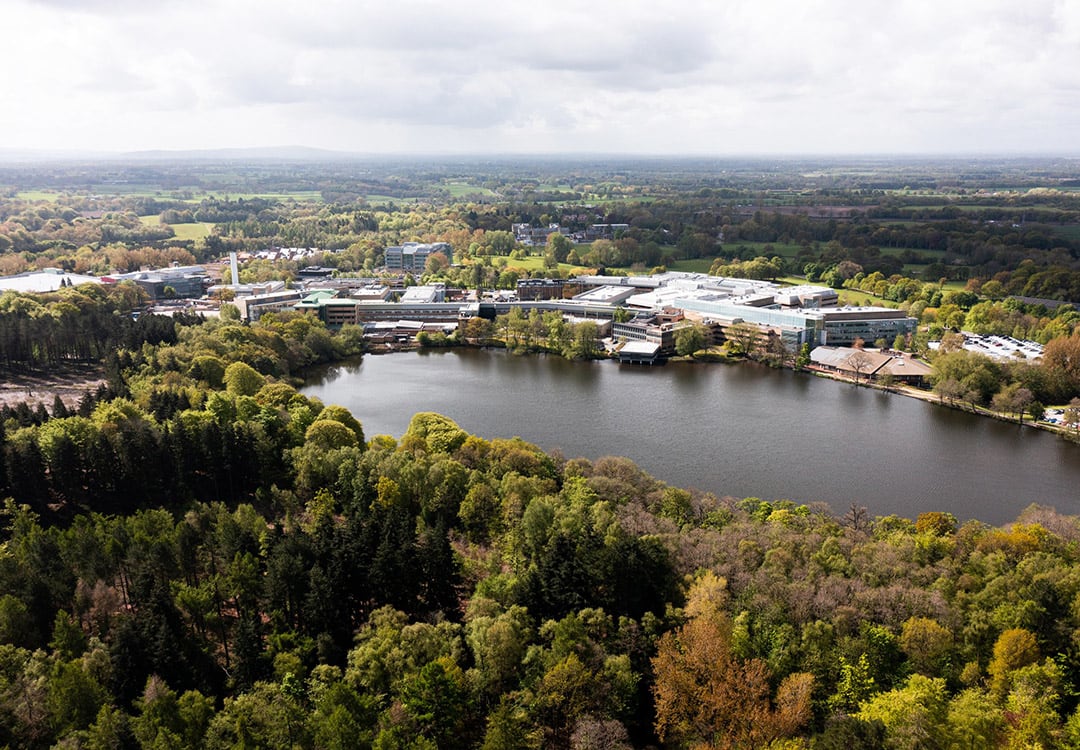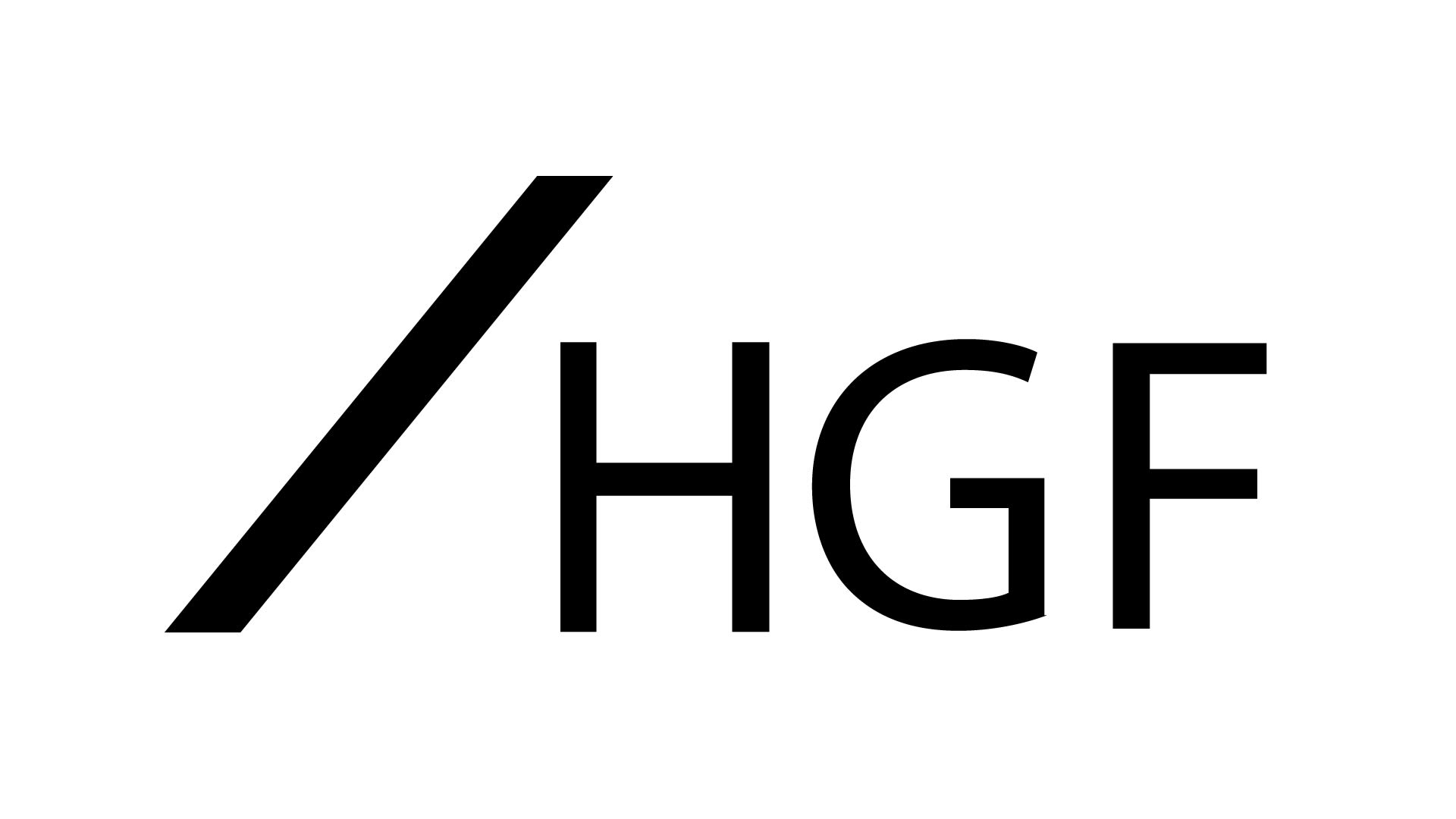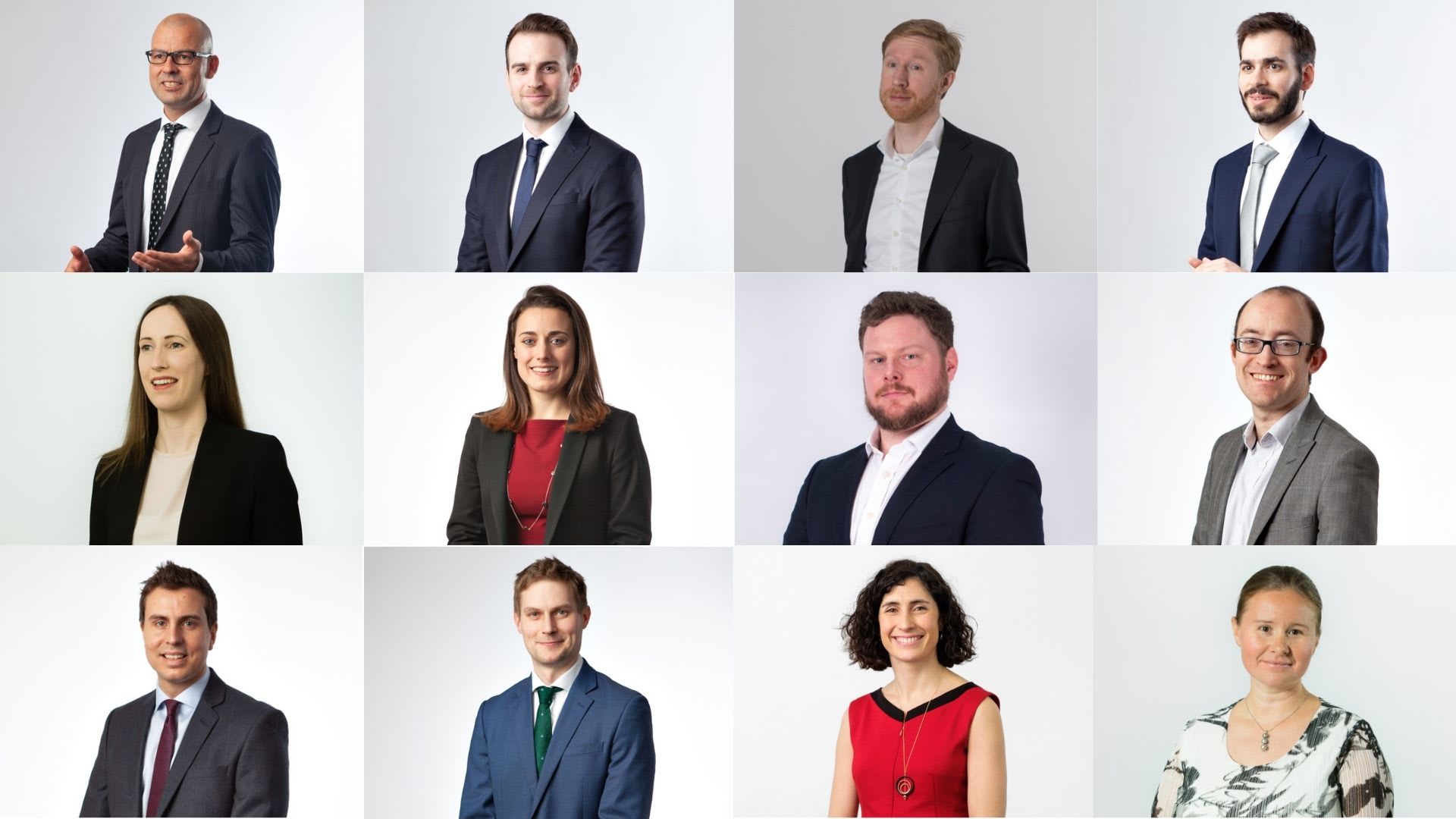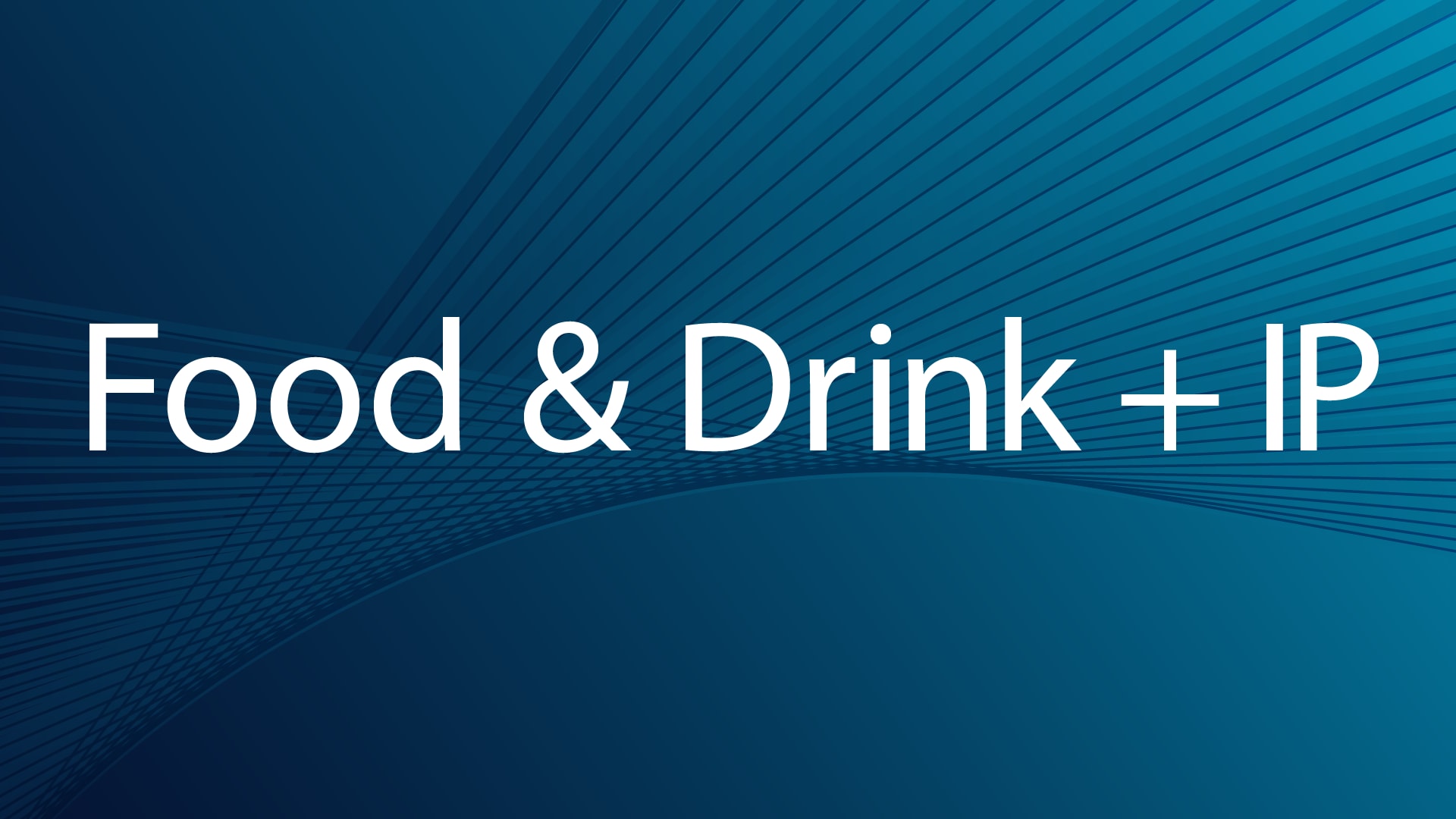News
How France’s investment in digital health, AI, and bioinformatics is transforming the intellectual property (IP) landscape
October 2025
In recent years, France has become a key player in digital health innovation, driven by strategic government investments under the France 2030 initiative and the French Tech 2030 program.
These efforts represent a bold commitment to transforming the healthcare sector through cutting-edge advances in biomanufacturing, digital health, AI applied to health, and personalized medicine. By fostering an ecosystem that encourages technological breakthroughs, simplifies regulatory adaptation, and stimulates economic growth, France is positioning itself at the forefront of global healthcare innovation.
The number of bioinformatics-related patent filings has increased significantly, averaging approximately 13.2% growth per year between 2013 and 2018, and the numbers continue to increase throughout 2024 and into 2025. These inventions now cover everything from algorithmic methods for genomic analysis to AI systems for precision medicine, highlighting a shift toward data-driven innovation in the biotech sector.
At the heart of this transformation is the convergence of bioinformatics and biotechnology, a synergy that is profoundly transforming healthcare delivery. From precision medicine to AI-driven diagnostics and innovative therapeutic strategies, digital technologies are ushering in a new era of patient-centered care. However, this rapid evolution also raises complex challenges, particularly in the area of intellectual property (IP). As bioinformatics-based innovations become essential to healthcare, understanding their impact on patent strategies, regulatory frameworks, and talent needs in the IP sector is more crucial than ever.
Traditionally, IP strategies followed separate paths in the life sciences and high-tech sectors. Yet, as AI and digital platforms become central to biomedical innovation, these boundaries are beginning to blur. As a recent IAM article notes: “Traditionally, there has been a sharp divergence between IP strategies in the life sciences and high-tech sectors. While this largely remains true, the rise of digital health and the increasing role of artificial intelligence in the biopharmaceutical sector are creating vast innovation zones where the two sectors overlap and IP specialists on both sides of the old divide must collaborate and learn from each other” (IAM Special Report Q4 2024, p. 31). This convergence requires hybrid legal and technical expertise—IP teams must think beyond traditional silos and adopt interdisciplinary approaches to protect complex innovations.
To deepen our understanding of this evolving market, we are pleased to speak with Vivien Verbrugge , Partner and Head of the French office of HGF , one of Europe’s most respected IP firms. Drawing on his expertise in IP innovation, Mr. Verbrugge shares valuable insights on how France’s investment in digital health is shaping the IP landscape, the challenges and opportunities for protecting emerging technologies, and what this means for industry professionals.
Q&A: A conversation with Vivien Verbrugge, Partner and Head of HGF’s French office

1. As bioinformatics and biotechnology converge in the field of digital health, how is this convergence transforming the IP landscape in France? What unique challenges and opportunities does this create for innovators and IP professionals?
Answer:
The convergence of digital health and bioinformatics opens up fascinating IP opportunities. We are seeing a growing number of inventions combining these technologies, and this intersection brings both complexity and opportunity.
For IP professionals, mastery of both fields is essential. These inventions are highly technical and require a nuanced legal approach. A solid IP strategy must be specifically tailored to reflect this complexity.
Filing patents in this field, particularly where AI and bioinformatics intersect, requires a deep understanding of both technology and law. Innovators should seek out lawyers who understand this duality: generic IP advice is not enough.
Perspective:
The French IP landscape, historically strong in biotechnology, is now adapting to this interdisciplinary surge. Patent offices and courts are gradually becoming more sensitive to the unique nature of these hybrid inventions—but rigor and clarity in claims remain essential.
2. With digital health startups driving new advances in AI-driven diagnostics, precision medicine, and biomanufacturing, how are they adapting their IP strategies to secure protection in this evolving landscape? What pitfalls or best practices are emerging?
Answer:
Many digital health startups, especially those using AI, follow a pipeline that includes data generation, preprocessing, model architecture, and a clinical or diagnostic outcome.
We’re now seeing more strategic use of IP throughout this pipeline. Companies often choose to patent the most innovative or “clever” step in their workflow, while protecting other elements, such as proprietary training data or source code, as trade secrets.
This layered approach is becoming the new norm. However, it requires a balance: patents must provide sufficient technical detail to be valid, but excessive disclosure can compromise the protection of trade secrets. Startups must proceed with caution.
Practical advice:
Treat your innovation pipeline like an ecosystem. Identify which parts are best protected by a patent—usually novel technical contributions—and which parts can remain confidential. Build your IP strategy around this distinction from the start.
Additional context:
Patent protection in digital health increasingly involves a multifaceted approach, protecting key stages of AI models and final products, while using trade secrets for critical data and weighting factors (IAM, p. 34). This approach helps maintain a competitive advantage while facilitating investment and licensing opportunities.
3. As digital health develops at the intersection of bioinformatics, biotechnology, and AI, what new skills and expertise are now essential for IP professionals advising on cutting-edge innovations? How can aspiring professionals best position themselves?
Answer:
Success in this field increasingly depends on familiarity with interdisciplinary science. These innovations span life sciences, data science, electronics, and engineering.
For patent attorneys, this means developing a hybrid skill set. For example, drafting a patent application for an AI-driven drug discovery platform requires not only mastery of biotechnology, but also of machine learning principles and their evaluation by offices like the EPO.
We’ve invested in developing this type of expertise: many members of our team have PhDs in bioinformatics, AI, or digital health. We’ve also developed a hybrid writing approach, combining perspectives from life sciences and electronics. This gives our clients a real advantage.
Advice for aspiring professionals:
Familiarize yourself with the examination of AI and bioinformatics inventions. Understand the EPO’s approach. Delve into the case law. Develop both scientific and strategic expertise: it will pay off.
Additional context:
Successful IP teams now include bioinformatics specialists and lawyers with cross-life sciences and software backgrounds, ensuring comprehensive coverage of complex hybrid inventions (IAM, p. 33). Knowledge of jurisdictional nuances, such as the examination approaches for AI-related inventions in the US and Europe, is also essential (IAM, p. 34).
4. What broader trends are you seeing in the transformation of healthcare through bioinformatics and AI, and how should IP professionals respond?
Answer:
The rapid advancement of bioinformatics and digital health is truly transforming healthcare delivery. We are seeing smarter diagnoses, more personalized treatments, and entirely new approaches to disease management.
AI plays a central role—from medical image analysis to predicting outcomes from patient data, from early cancer diagnosis to in silico drug discovery. With the increasing interconnectivity of devices, an additional layer of real-time decision-making and care delivery is also developing.
For IP professionals, this means engaging with dynamic, data-rich, and highly integrated technologies. The challenge is translating this complexity into clear and strategic protections—but the reward is being part of something that is redefining medicine.
Conclusion
France’s strategic investment in digital health, AI, and bioinformatics is creating new IP challenges that require innovative and multidisciplinary solutions. As Vivien Verbrugge points out, navigating this landscape requires IP professionals with deep technical and legal expertise, bridging the gap between life sciences and technology.
The future of IP protection in digital health will rely on hybrid teams capable of managing patents and trade secrets, implementing prosecution strategies adapted to evolving laws, and understanding the interactions between software and biological innovations (IAM, pp. 31–35).
As AI continues to revolutionize healthcare, the opportunities for innovators are vast, but depend on implementing IP strategies that protect not only the end products but also the computational platforms underlying these breakthroughs. For the rapidly expanding French sector, mastering this convergence will be key to sustaining innovation and securing a competitive advantage in a rapidly evolving global market.
In a landscape where the lines between life sciences, data science, and technology are blurring, the right people make all the difference. The pace of change in digital health and bioinformatics requires IP leaders who can think interdisciplinary, navigate evolving patent frameworks, and anticipate the technical and commercial implications of innovation.
As IP recruitment specialists, we at Adamsons understand the intricacies of these roles—not only the technical qualifications, but also the strategic vision, adaptability, and cross-functional proficiency this field requires. Whether you’re an organization looking to secure scarce talent to protect and develop your innovations, or an IP professional exploring your next career step, we offer insights, networks, and guidance shaped by years of experience in this sector.
View the original article below.
This article was written by Lydia Reay, Senior Associate for Adamson & Partners.

































